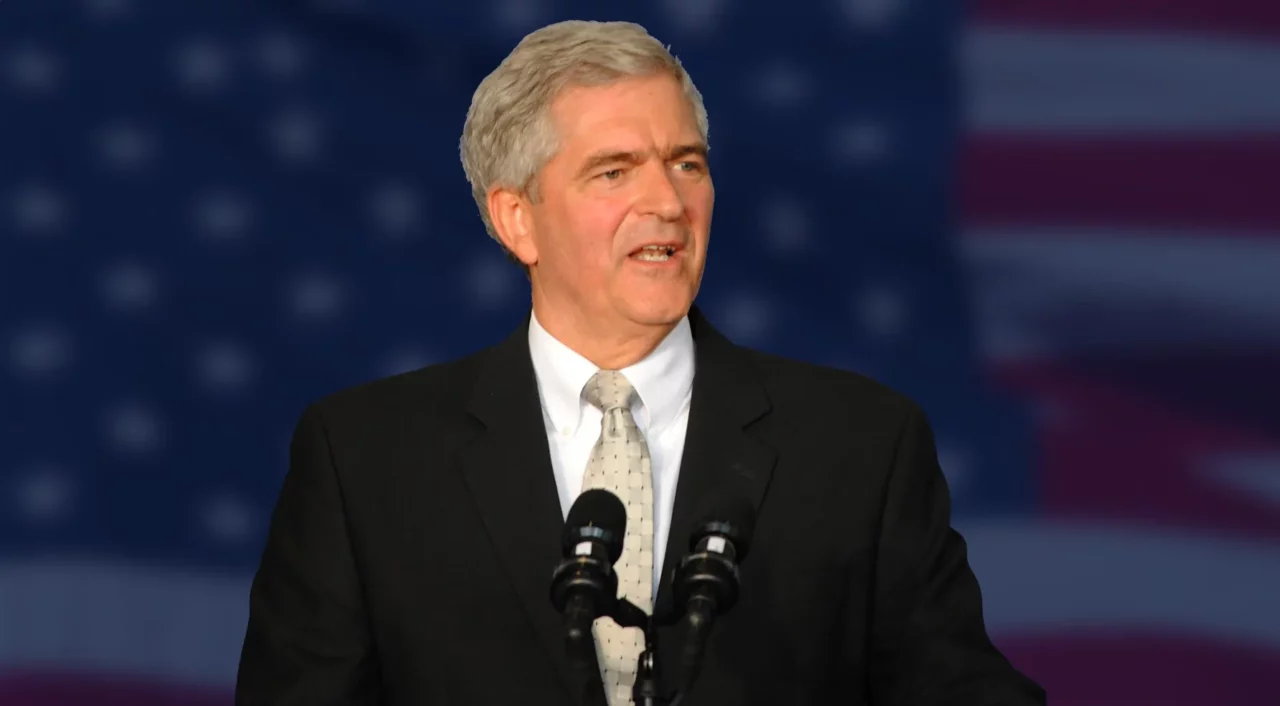
U.S. Rep. Daniel Webster just introduced bipartisan legislation for reforming the Federal Emergency Management Agency (FEMA).
The Fixing Emergency Management for Americans (FEMA) Act, crafted by leaders of the House Transportation & Infrastructure Committee, aims to streamline the bureaucracy while making it a Cabinet-level agency.
Webster, a Clermont Republican, previously served as the top Republican on the House Economic Development, Public Buildings, and Emergency Management Subcommittee. He was one of four Representatives to unroll the legislation.
“As a Floridian, I know firsthand the damage that hurricanes and natural disasters bring, and how important effective preparation, response and relief is when tragedy strikes,” Webster said.
“Florida has set the gold standard for disaster mitigation and emergency response, and this legislation builds on that success at the national level. By streamlining FEMA and cutting red tape, we ensure that federal disaster response is faster, more efficient, and accountable to the American people.”
The bill would have the FEMA Administrator report directly to the President, and would speed up permits, assessments and relief efforts after disasters. The goal is to save money while improving disaster aid work, while also shielding the agency from politicization.
The agency, once independent, was made part of the Department of Homeland Security (DHS) when that agency was formed in 2002.
Webster still serves on the Transportation & Infrastructure Committee, where he chairs the Railroads, Pipelines, and Hazardous Materials Subcommittee.
The bill will be spearheaded by U.S. Rep. Sam Graves, a Missouri Republican who chairs the full Transportation and Infrastructure Committee.
“The American people need an emergency management system that works quickly and effectively, not one that makes disaster recovery more difficult. But time and time again, we’ve heard the same story from state and local officials, emergency managers, and disaster victims: the federal process is too slow, complicated, and disconnected from the realities on the ground,” Graves said.
“Communities trying to rebuild are forced to navigate a maze of complicated rules, conflicting timelines, and mountains of burdensome paperwork. FEMA is in need of serious reform, and the goal of the FEMA Act of 2025 is to fix it. This bill does more than any recent reforms to cut through the bureaucracy, streamline programs, provide flexibility, and return FEMA to its core purpose of empowering the states to lead and coordinating the federal response when it’s needed.”
Of note, the bill does not go as far as eliminating FEMA, an idea promoted by President Donald Trump and DHS Secretary Kristi Noem.
The House bill boasts bipartisan support, with Transportation and Infrastructure Committee ranking member Rick Larsen among the introducing lawmakers.
“Billion-dollar disasters — like the devastating 2021 flooding in Skagit and Whatcom counties — threaten the safety and livelihood of communities in Washington and across America as the severity of disasters increase,” the Washington Democrat said.
“This bipartisan bill will make FEMA stronger and more efficient, giving it the tools it needs to provide relief to disaster-impacted communities like those in my district hit by the 2024 Bomb Cyclone. Thank you to my counterpart, Chairman Sam Graves, for partnering on this bipartisan solution.”
Rep. Greg Stanton, the ranking member on the Economic Development, Public Buildings, and Emergency Management Subcommittee, also cosponsored the bill.
“FEMA’s mission is to help Americans in their darkest hour. The agency isn’t perfect, and its job is getting harder as disasters grow more frequent and more severe. But the solution is not to tear FEMA down — it’s to work across the aisle to build FEMA up,” the Arizona Democrat said.
“This bipartisan bill takes common-sense steps to streamline the agency and make sure communities get disaster assistance quickly, efficiently and fairly.”



